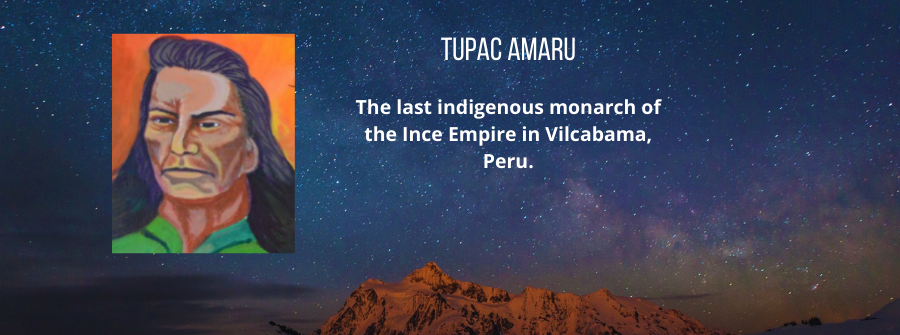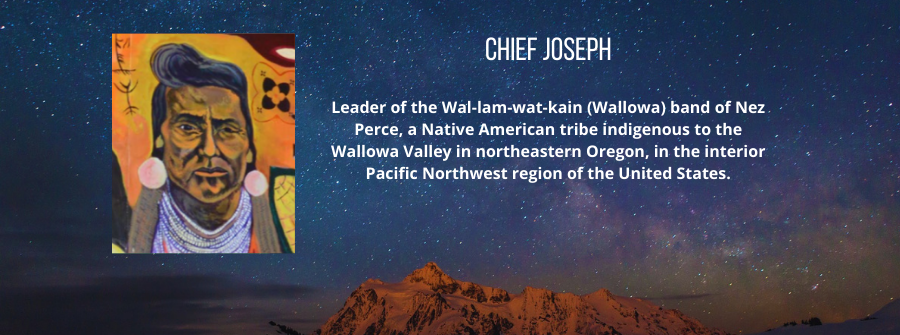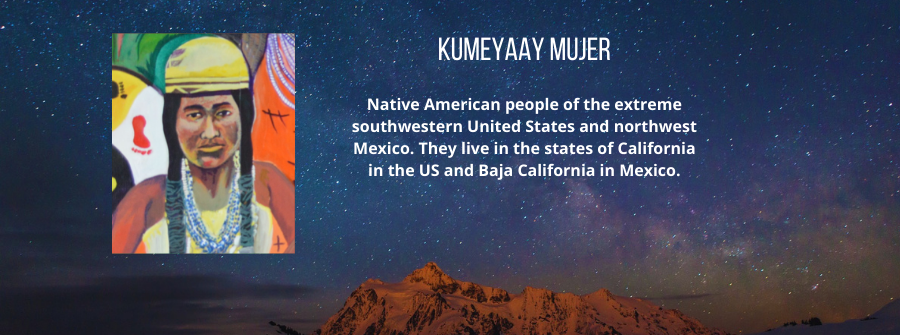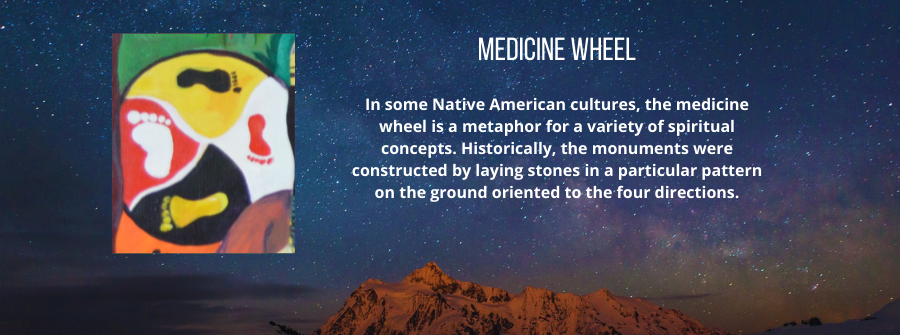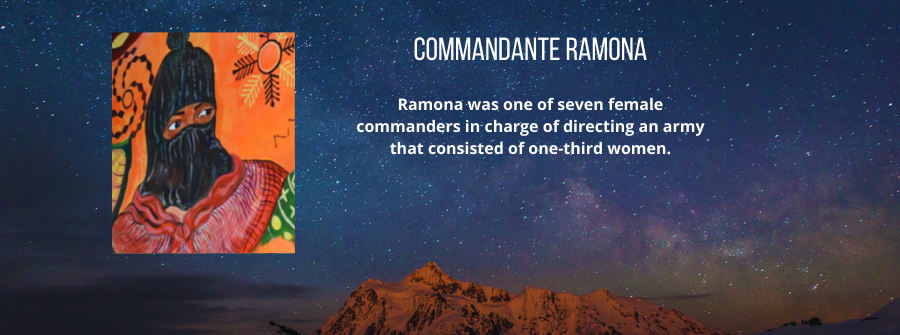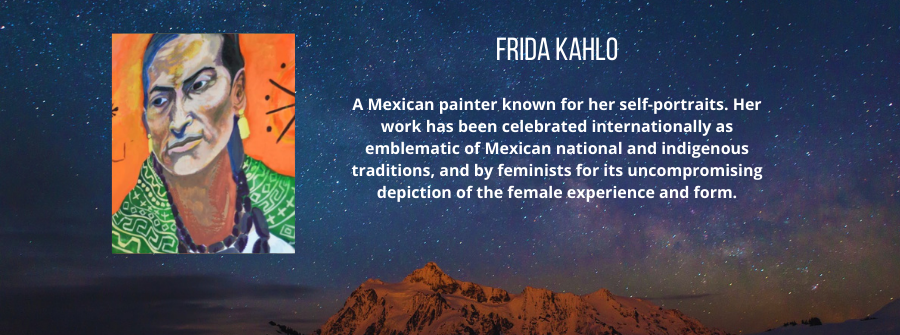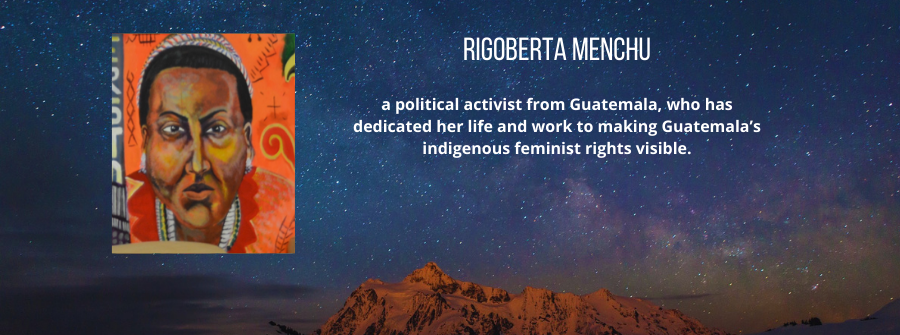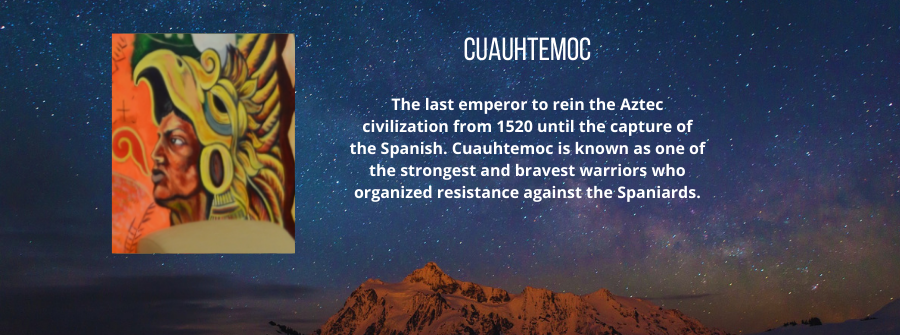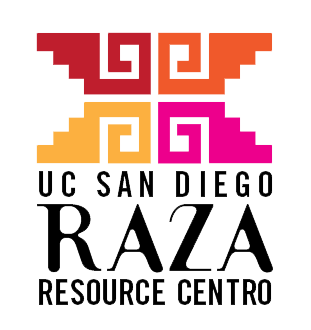Our Murals
Artist Statement
I am an artist born in a paradoxical paradigm in the Border region of Tijuana and San Diego. The border between both countries divides us in a physical and spiritual way. Latin-American people have a diverse and rich historical reality. Throughout my life, different events and socio conditions have influenced my evolution as an artist. Yet the decisive factor in my life and artistic expression was and is the education I have acquired. Knowledge has been the vehicle through where I search for the answer to my cultural identity and have been fortunate to encounter along the way liberating pedagogy. My art represents the element of our multiple realities as Afro-Latino-Americanos, Chicanos, and Indigenous people in the United States and the rest of the Americas. Modern society has de-culturalized and disfranchised us in so many ways where we at times walk in a modern society separated from the rooted bloodlines of our ancestors. Therefore, through my art, I attempt to reclaim our indigenous and cosmetic identity. With my art, I try to remind the audience that we cannot forget who we are as people and how diversity makes us a stronger community, and nation.Sincerely,
Jose Olague | Chicanoparkmuralist@yahoo.com
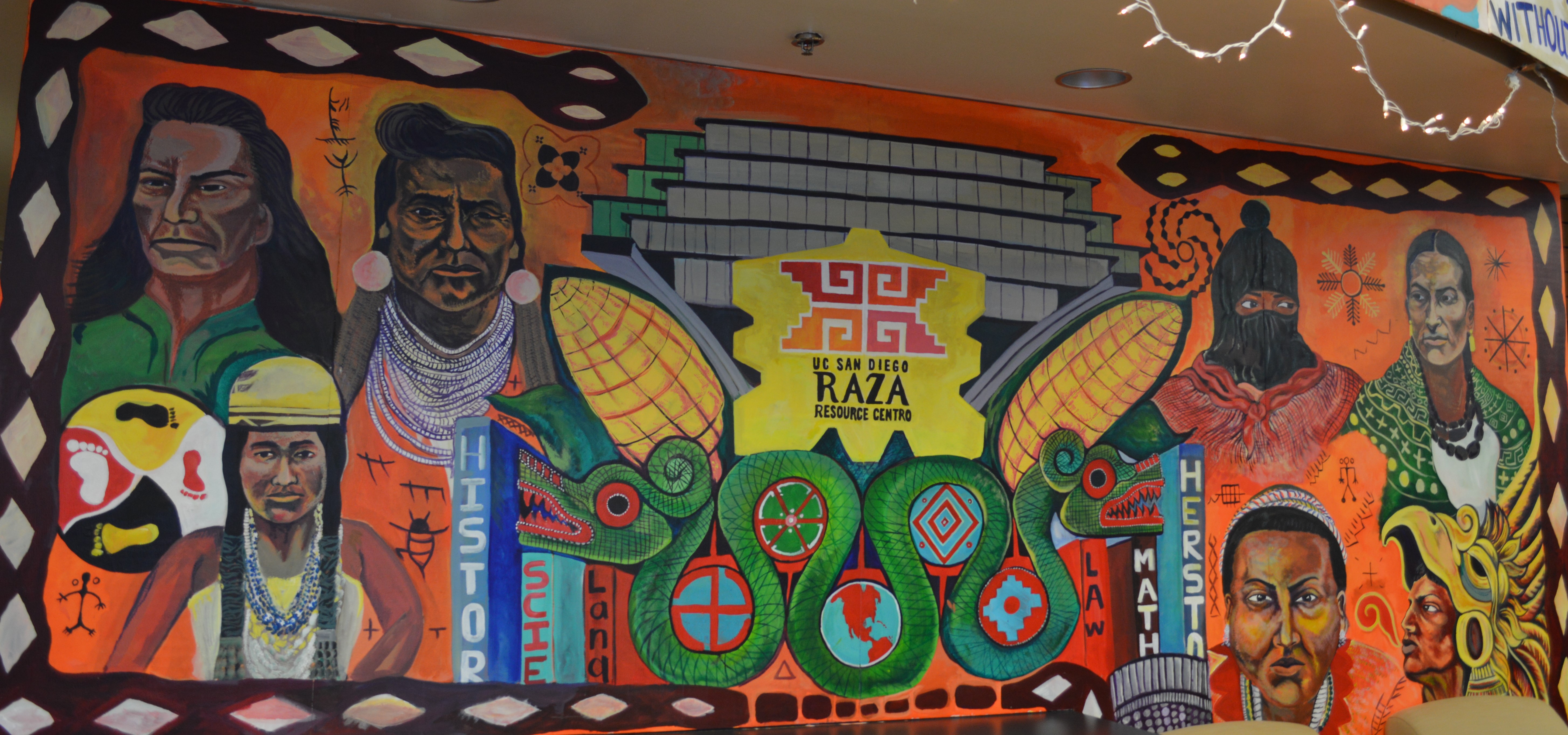
Mural Dedicated to the Indigenous
In the center of the mural the yellow logo is found in the representation of the butterfly that the Toltecs used as a symbol of knowledge. Once the Aztecs came into power they used the symbol of a warrior, so as Chicanx/Latinx when we go to college we become this warrior seeking knowledge. The butterfly is also known as a symbol of transformation in our present. Therefore the library is a symbolic representation of the knowledge concentrated and where we will change as individuals. The snake is a symbol of earth knowledge and the Kumeyaay used it a lot in the weaving of their baskets. Nonetheless, when I look at the history of the UCSD library it has a snake around it, so I had to give it the Chicanx/Latinx/native perspective to the western interpretation of knowledge. Therefore I also used the symbol of Quetzalcoatl through the green double-sided snake. As you know Quetzalcoatl was an important symbol and god in the religious beliefs of Mesoamerican culture. In addition, the center and surrounding symbols of the snake is the path we are taking as students that will lead to our transformation as individuals.

Mural Dedicated to the Afro-Latinx Diaspora
The array of influential figures spans diverse backgrounds and contributions. Positioned in the top left corner is Jose Maria Morelos y Pavon, a Mexican Catholic priest and revolutionary leader pivotal in the Mexican War of Independence, while top left middle features Roberto Clemente, the iconic Puerto Rican baseball player and humanitarian associated with the Pittsburgh Pirates. Lucy Parsons, an African American and Mexican descent anarchist and labor organizer, finds placement in the bottom left middle. The top left right accommodates Gabriel Garcia Marquez, the Colombian novelist and Nobel Prize winner renowned for magical realism. In the bottom left right is Celia Cruz, the Cuban-American "Queen of Salsa." At the center stands the Olmec Head, ancient colossal stone sculptures linked to Mesoamerican civilization. Positioned in the top right corner is Vincente Guerrero, a key Mexican revolutionary leader. The bottom right corner holds Gaspar Yanga, an African slave who successfully rebelled against Spanish colonial authorities in Mexico. Top right middle features Pedro Albizu Campos, a Puerto Rican attorney and nationalist leader. In the bottom right middle is La Lupe, the Cuban singer celebrated for powerful performances in salsa and Latin music. Susana Baca, the Peruvian singer and folklorist advocating for Afro-Peruvian culture, is placed in the top right left, while Sylvia Mendez, central to the desegregation of California schools during the 1940s, occupies the bottom right left.

